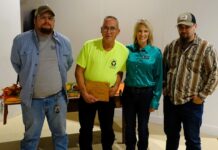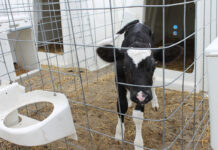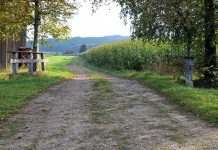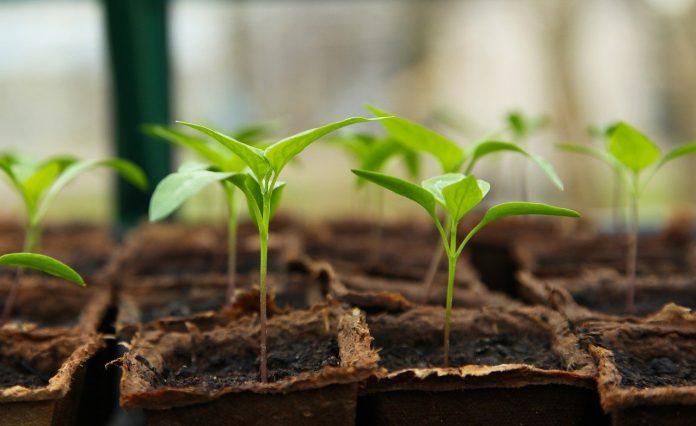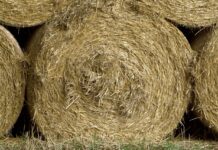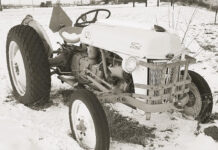Planning on starting seeds for transplant to your garden this year? You will find you need to devote adequate time and attention to them to be successful, from preparing to plant to caring for your seedlings and maintaining them until it is time to transfer them to the soil.
Prepare
The first thing you’ll want to do is make a list of everything you wish to grow and mark out the spacing you’ll need in your garden. If you have old seeds and plan to reuse them, their viability will need to be evaluated. To do this you need to dampen a paper towel(s) with warm water and set them on a plate. Use about 10% of your seeds (this will depend on how many you have left) and lie them along the damp paper towel. Cover the plate and place it in a well-ventilated area for the next week to ten days.
If you notice the paper towel is starting to dry out, be sure to dampen it again. If your seeds are viable, they should start to show signs of germination within that week-ten-day period.
Do your homework
Before even purchasing seeds, read the back of the packets to determine the best time to start your seeds and when to transplant them to the ground. You can also usually find their “planting zones” and “hardiness” levels listed or mapped on the packets, too.
Plan
Soil selection is as equally important as seed selection. Avoid potting soil for seeds and seedlings as it is not the best for drainage. Garden soil is also not a preferred choice, as it can contain weeds and is on the heavier side. Look for soils that are disease-free and ideally contain sphagnum moss, vermiculite and perlite. Peat moss pellets can also be used.
You will want to use containers that are at least two to three inches deep for the seeds, or maybe bigger if you plan to keep them in the containers longer. Be sure if you are using recycled materials for containers that you put holes in them for proper drainage.
Starting seeds
To have a higher rate of success, start more seeds than you plan to use. We always recommend dampening your soil and mixing it before adding your seeds. Follow the planting depth instructions that are listed on your seed packets respectively. Be sure your seeds have access to an adequate amount of light and air and monitor their moisture as you will need to water them regularly.
Using a mister to water is generally the favored method. You will want to prepare your seedlings for transfer about seven to ten days before. Start watering them less and stop applying any fertilizer. Begin sitting them outside in indirect sunlight for a few hours every day until you are ready to transplant.
One of the most important actions to take immediately after transplant is to water the soil around your seedlings thoroughly. Hopefully, this quick run-down can help your growing season start without a hitch!
Guernsey Soil and Water is currently accepting orders for our annual spring tree seedling sale until March 14. We would be happy to mail or email you an order form. You do not have to be a county resident to order, but we do not ship or deliver orders. It is pick-up only. We also offer soil testing. You can purchase a kit from OSU Guernsey County Extension, and we can come out and pull your samples for you. Call our office with any questions you may have 740-489-5276.


